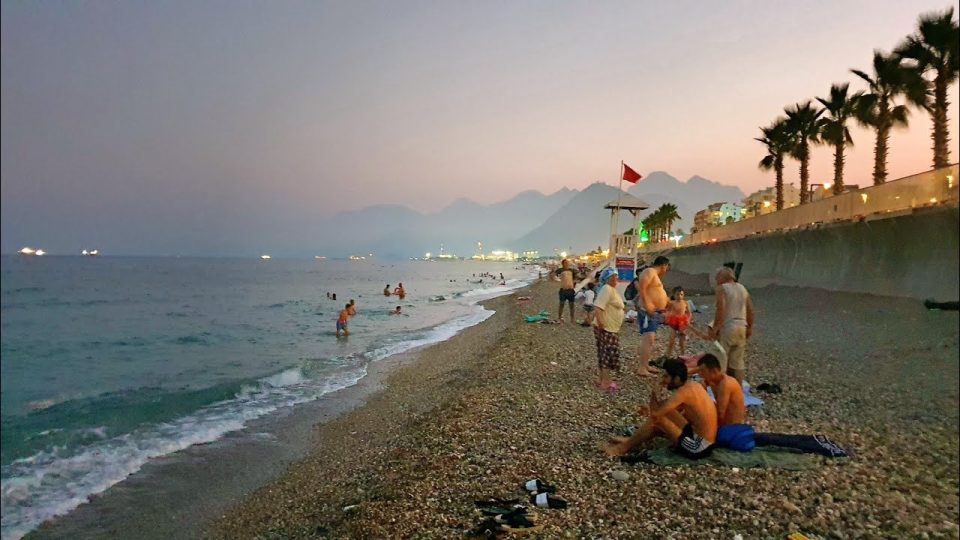Saddle sores and chafing are common problems that many cyclists encounter. These problems can be caused by a variety of factors, including friction, sweat, and pressure on the skin. However, there are several steps that cyclists can take to prevent and treat saddle sores and chafing.
The first step in preventing saddle sores and chafing is to ensure that the bike and clothing fit properly. A properly fitting bike saddle and cycling shorts can help to reduce the amount of pressure and friction on the skin. It is also important to choose clothing made from breathable materials that can help to wick sweat away from the skin.
Another important step in preventing saddle sores and chafing is to maintain proper hygiene. After a ride, it is important to shower and change out of sweaty clothing as soon as possible. Additionally, regularly washing cycling shorts and saddle pads can help to prevent the buildup of bacteria that can cause infections.
Applying a chamois cream or petroleum jelly to the skin before a ride can also help to reduce friction and prevent saddle sores and chafing. These products can help to lubricate the skin and reduce the amount of pressure and friction caused by the bike saddle.
If saddle sores or chafing do occur, it is important to treat them promptly. The affected area should be kept clean and dry, and the cyclist may want to avoid riding until the skin has had a chance to heal. Over-the-counter creams and ointments can also be helpful in reducing pain and promoting healing.
In more severe cases, it may be necessary to consult with a medical professional. They can help to identify the underlying cause of the problem and recommend appropriate treatment. This may include prescription creams or antibiotics, or even surgery in rare cases.
Overall, preventing and treating saddle sores and chafing requires a multi-faceted approach that includes proper bike fit, clothing, hygiene, and lubrication. By taking these steps, cyclists can help to prevent discomfort and pain, and promote more comfortable and enjoyable cycling experiences.












